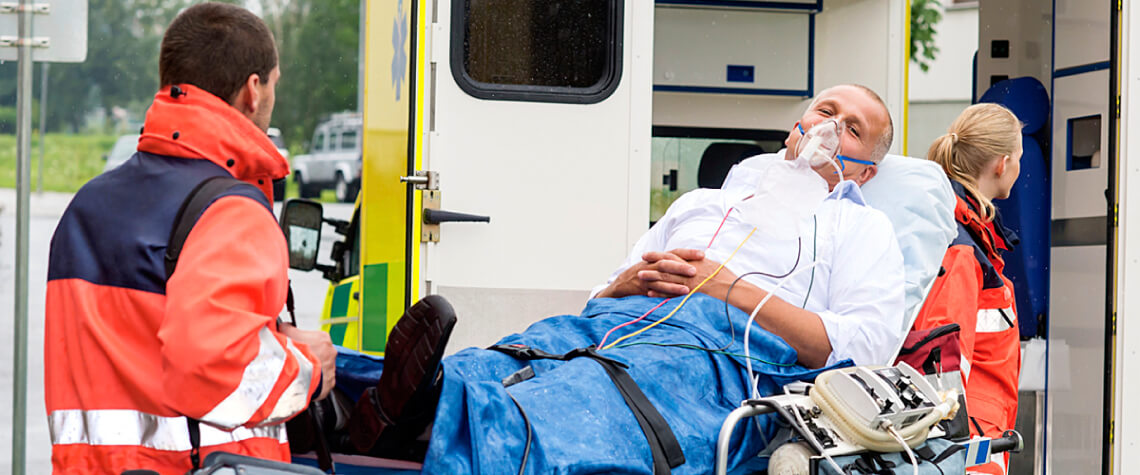
Pain Management in Ambulance
Studies show that around 80% of the patients experience pain from their conditions while in an ambulance. A patient’s mental well-being and his consequent pain levels in the hospital are determined by the pain management he receives while being transported in the ambulance. The ambulance crew hence, plays a vital role in ensuring the success of care and treatment at the hospital. There are different components in pre-hospital pain management; the ambulance crew has to make several recordings of pain such as
These recordings play a critical role in determining the effectiveness of treatment at the hospital and also give doctors an idea about the right dose of analgesic required for the patient.
A history about pain management in ambulances
For a condition as agonizing and traumatic as pain, it took until the mid-'90s for pain administration to become a part of paramedical care. Research papers demonstrated that incorrectly managing the pain of patients will lead to health issues, post-horrendous anxiety, sorrow, and other physical and mental issues, while other researchers demonstrated that appropriate pain administration could help with quicker healing and get individuals home sooner.
Pain administration in Ambulance Services
Assessment of Pain
The underlying review of the patient's well-being status takes after the essential study and recognizable proof of the central grievance or incapacity. This includes a centred clinical examination and history of the occasions paving the way to the call for help. This ought to incorporate standard inquiries concerning past scenes and meds. Moreover, it ought to incorporate making inquiries to acquire the accompanying data:
Efficiency
However, there's a developing worry in ambulance paramedic challenge that paramedics and EMTs aren't doing what's necessary to evaluate, treat and soothe pain—regardless of whether it's using opioids and other pain killers, or different procedures to ease the nervousness and misery that can aggravate the condition rather than what is actually is. The explanations behind not ensuring proper pain management is actually due to the incapability of the different responders - from the medicinal chief to the therapeutic executive, and patient to understanding.
Facilities in ambulance and paramedics assume an essential part in the easing of pain in patients they look after. The powerful administration of pain management depends on an engaged evaluation of the patient's concerns, and also by determining the extent of pain, with the help of solid and legitimate instruments. Another factor to consider is that the assessment of the information might be influenced by individual convictions about pain, and paramedics must know about the impact that social standards and stereotyping can have on their clinical judgments and nature of care.


